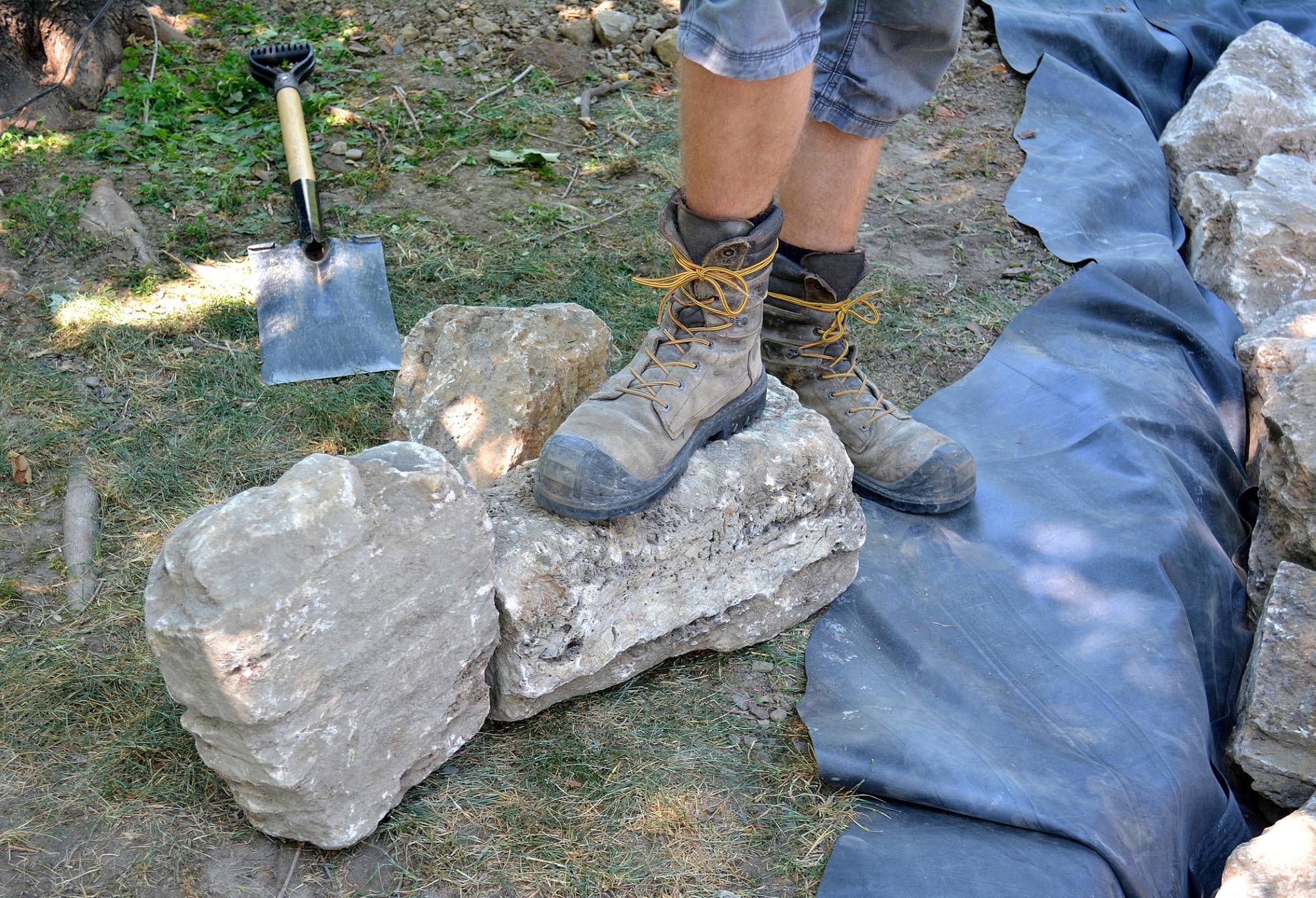BC 1 Call reminds contractors why it’s important to “Click or call before you dig” when planning construction projects.

Photo credit: iStock.com/ziggy1
I’ve noticed a number of contractors transforming their clients’ yards to create space for physically distant socializing during the cold months. But as a contractor, before breaking ground on any project — be it building a fence or constructing a deck — you need to know if there are any gas or other utility lines below the ground and where exactly they are located.
This crucial information is available by contacting BC 1 Call at bc1c.ca or calling its toll-free number 1-800-474-6886. There’s no charge for this service (called a locate request) and you must contact BC 1 Call at least three business days before you wish to start digging. Once your locate request has been submitted, BC 1 Call will notify all member organizations that have utilities buried in your yard. The members will provide instructions and maps for you to follow as you start your project.
“When it comes to underground utilities, even the smallest incident can cause serious injury, damage infrastructure, and disrupt services such as gas, heat, internet, and water,” says Chris Hyland, president and CEO of BC 1 Call. He adds that there can also be harm to the environment.
Keeping utility workers and the public safe
Chris says there have been a steady number of locate requests throughout 2020, perhaps due to people doing more home improvement projects during the COVID-19 pandemic. (And of course right now, during the pandemic, we all want to do our part to avoid preventable incidents so that emergency responders are available for those who really need them!)
If a service line is damaged, a crew from the utility company is dispatched to fix it. Work processes and safety protocols have been adjusted because of COVID-19, but workers may still need to enter a customer’s home after repairs are complete. For example, workers from gas companies have to come in to relight gas appliances.
Chris notes that crews are equipped with personal protective equipment such as respiratory, eye, and hand protection, but in some instances, in order to stay safe, crews cannot enter a customer’s home. In these cases, service may not be restored in a timely fashion. He stresses that “the best way to keep crews and customers safe, and to ensure customers have the energy and other utilities they need, is to prevent damage from happening.”
Please keep this in mind — and let me know in the comments below, how you’re planning to enjoy outdoor space this winter.


